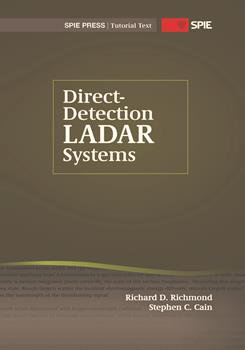
This will count as one of your downloads.
You will have access to both the presentation and article (if available).
As laser radar detection and ranging (LADAR) technologies continue to mature, more and more these systems are being applied to military, commercial and scientific applications. From simple time of flight range measurements to high resolution terrain mapping and 3-dimensional imaging, the utility of LADAR is being investigated across a wide range of applications.
In direct detection LADAR the measurements depend solely on the amplitude of the returned signal. This course is designed to teach students the basics of direct detection LADAR and how to transform customer or mission requirements into LADAR system performance specifications. Tools for modeling LADAR systems are introduced through the lecture material that allows quantification of important system performance metrics.
The course begins with the LADAR range equation and how it can be used to evaluate the impact factors such as atmospheric turbulence on LADAR performance. Students are introduced to direct detection LADAR modeling methods which help to explain how various LADAR subsystems affect LADAR range accuracy. A number of representative systems will be introduced as examples throughout the lectures. This course closely follows the included text <i>Direct Detection LADAR Systems</i>, SPIE Vol. TT85. The examples and problems presented in the book will be explored more fully during the course.
View contact details
No SPIE Account? Create one


